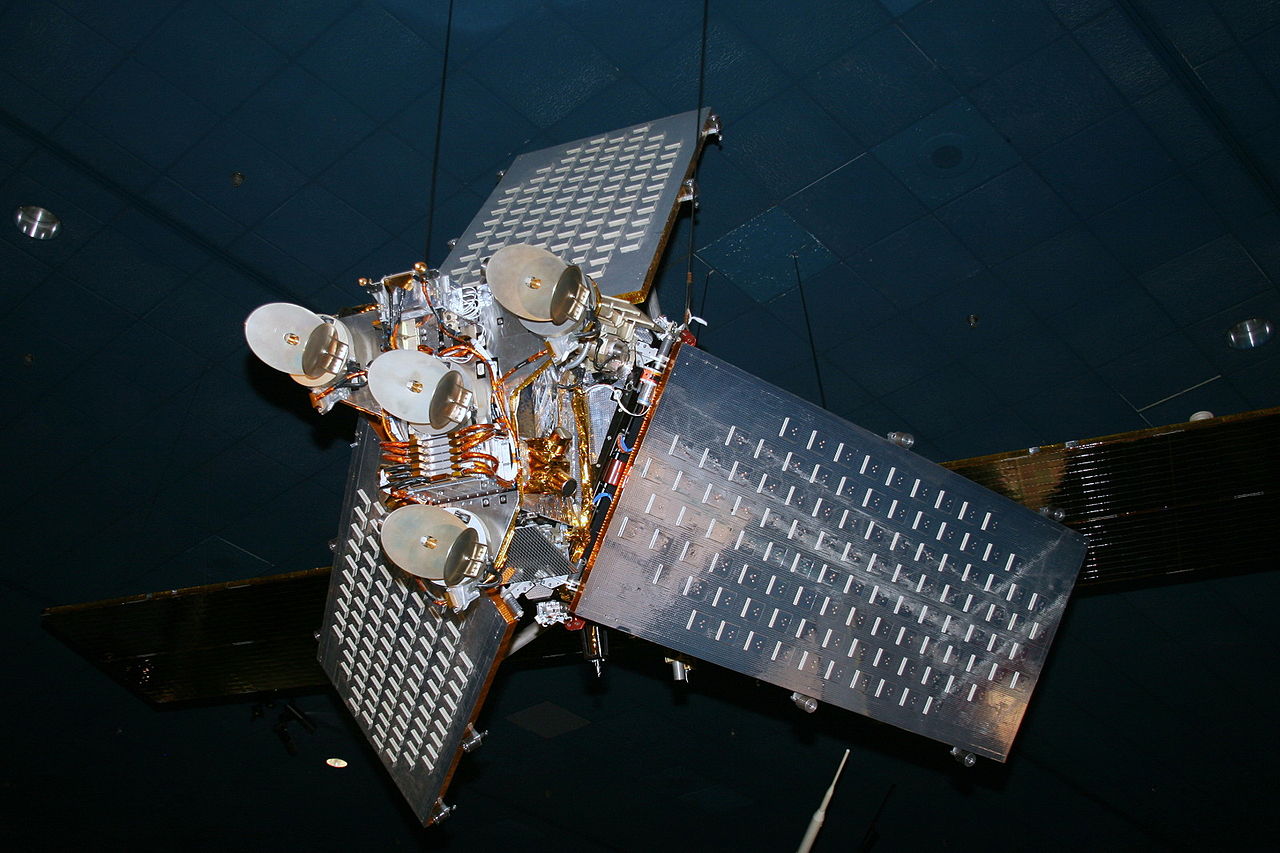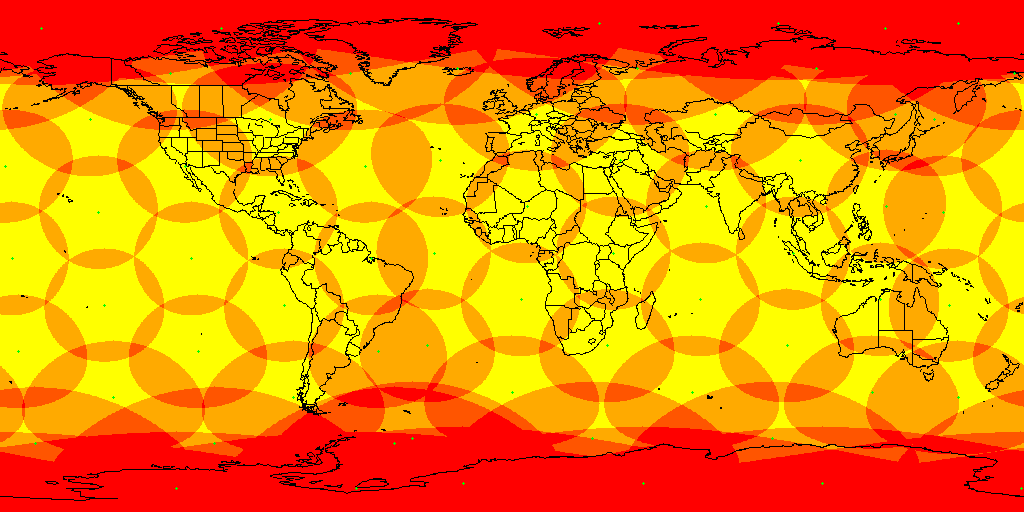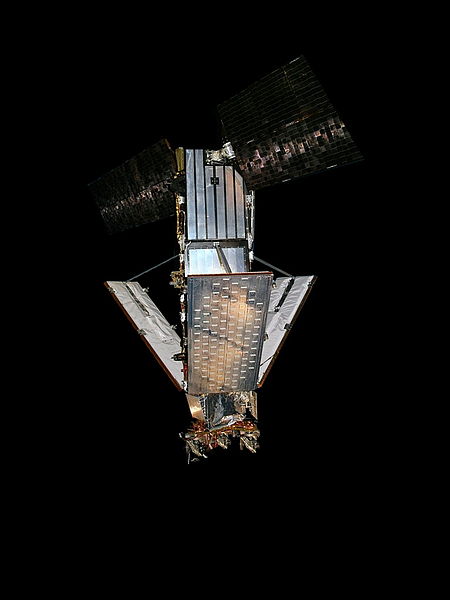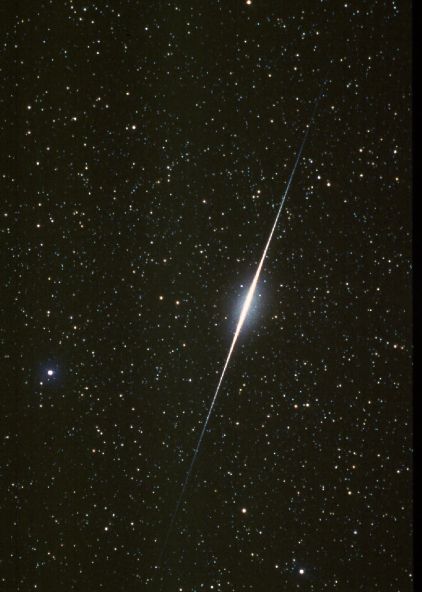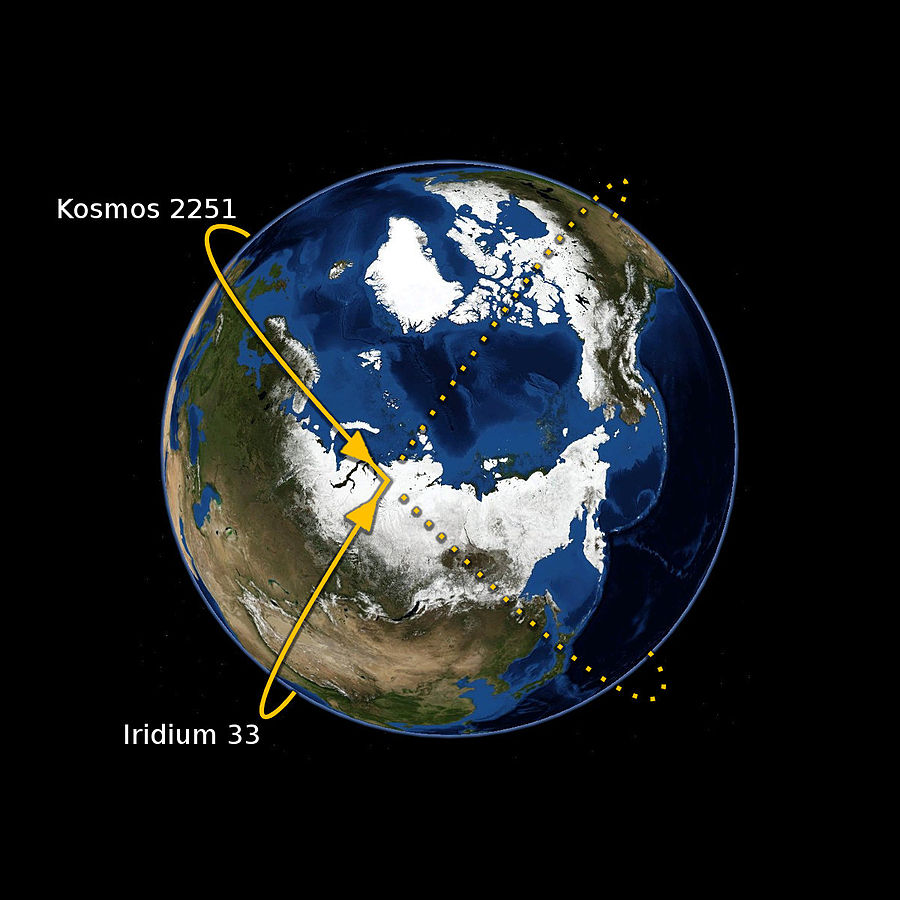The ‘Flashy’ Iridium Satellite Constellation
Catch A Satellite Flash!
The Iridium satellite constellation is a telecommunication network providing voice and data coverage to satellite phones all over the globe. First launched in May 1997, a second-generation of satellites to replace these began to be launched in January 2017. Iridium satellites are best known to star-gazers from their regular ‘Iridium flares’, where they briefly become the brightest light in the sky! In 2009, an Iridium satellite was involved in the world’s first major on-orbit satellite collision.
Quick Facts About The Iridium Constellation!
- The Iridium constellation consists of 66 active satellites in low Earth orbit (LEO) with an average altitude of 780 km (485 mi) and inclination of 86.4°.
- Spare satellites are held in a lower 666 km (414 miles) storage orbit ready to replace any failed satellite in a matter of days.
- The original concept of the constellation was to have 77 satellites, which is where the name Iridium came from, being the element with the atomic number 77!
- The satellites provide global coverage from their near-polar orbits of 86.4°, which places every satellite in a prograde orbit resulting in a gradual westward procession of their equator crossings.
- This constellation and polar orbit design, results in excellent satellite visibility and service coverage, especially over the North and South poles.
- The satellites orbit the Earth every 100 minutes at a crazy fast speed of nearly 27,000 km/h (17,000 mph)!
- Each satellite can maintain up to 1100 simultaneous phone calls and each weighs 680 kg (1,500 lb).
- Iridium Communications, who owns the constellation, is replacing the original constellation with an upgraded generation of satellites. The project is called Iridium NEXT and Thales Alenia Space won the contract to build the satellites for USD $2.1 billion!
- Iridium then signed the largest commercial rocket launch deal ever with SpaceX worth USD $500 million to launch 72 satellites on eight Falcon 9 rockets.
- SpaceX conducted the first launch in January 2017, which deployed 10 satellites to LEO followed by seven subsequent launches during 2017 and 2018.
Viewing Amazing Iridium Flares!
Due to the shape of the Iridium satellites' reflective antennas, the satellites reflect sunlight on a small area of the Earth's surface in a predictable manner. These are called Iridium flares; momentary slow flashes of light which can even be seen in the daylight. To find out when the next Iridium flare near you will be (and how bright), enter your location into the Heaven’s Above website and it will predict the possible sightings for the next 10 days!
CRASH - Satellites Collide In Space!
High above northern Russia on February 10th 2009, the Iridium 33 satellite collided with an obsolete Russian satellite at a hypervelocity of about 35,000 km/h (22,000 miles per hour)! This was the first time this had occurred and obviously created a lot of debris/space junk which is now hazardous to other satellites in a similar orbit. Iridium was able to manoeuvre one of their on-orbit spares, to replace the destroyed satellite.
